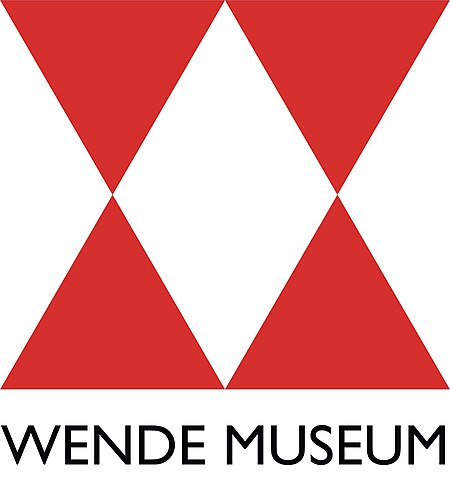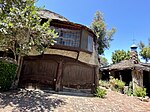Wende Museum
2002 establishments in CaliforniaBuildings and structures in Culver City, CaliforniaCold War museums in the United StatesHistory museums in CaliforniaMilitary and war museums in California ... and 4 more
Museums established in 2002Museums in Los Angeles County, CaliforniaOrganizations based in Culver City, CaliforniaUse mdy dates from November 2023

The Wende Museum is an art museum, historical archive of the Cold War, and center for creative community engagement in Culver City, California.
Excerpt from the Wikipedia article Wende Museum (License: CC BY-SA 3.0, Authors, Images).Wende Museum
Culver Boulevard,
Geographical coordinates (GPS) Address Nearby Places Show on map
Geographical coordinates (GPS)
| Latitude | Longitude |
|---|---|
| N 34.011647 ° | E -118.403932 ° |
Address
Wende Museum of the Cold War
Culver Boulevard
90293
California, United States
Open on Google Maps











